
How to include and analyse psychometrics in your research
How to include and analyse psychometrics in your research https://www.citizenme.com/wp-content/uploads/2018/11/brain-78440_1280.jpg 1280 960 Alexia Keller Alexia Keller https://secure.gravatar.com/avatar/6459eddf81672733ebdc0e09e7312151?s=96&d=mm&r=gFocus: OCEAN Big 5 Model
Psychometrics is the study of human behaviour, by going beyond the who to understanding the why. As mentioned in our previous blog, psychometric profiles are a great way to gain insight into the personality types of individuals, and their use in research can generate incredible results. Not only can it enrich and improve marketing strategies, but it can also help identify new customers and refine communication methods with the people who matter most to you and your company.
In this post we’ll look at how, using the CitizenMe platform, you can integrate respondents’ psychometric profiles with your survey responses to unlock richer insights, and importantly how to analyse the results.
What psychometrics are on the CitizenMe platform?
CitizenMe has a number of different psychometric profiles that you can request Citizens (our app users) to exchange with you.
A prominent example is the Five Factor Model, or more commonly, the OCEAN Big 5 which determines people’s personality by assessing five overarching traits:
- Openness: Do they enjoy new experiences?
- Conscientiousness: Do they prefer plans and order?
- Extraversion: Do they get energy from spending time with others?
- Agreeableness: Do they put people’s needs before theirs?
- Neuroticism: Do they tend to worry a lot?
Before users share this information with businesses, they first get to see what their own psychometric OCEAN Big 5 profile is by completing an Insight. You can try this out for yourself in the CitizenMe app:

CitizenMe Big 5 Personality (Self-Assessed) Insight results
On the CitizenMe platform, the Citizens’ psychometric OCEAN Big 5 profile is based on three different sources:
- Self-reported 20 Question: Users complete a personality survey of 20 questions, giving an assessment of their behavioural traits in social situations. This is the most holistic and stable view of personality.
- Based on Facebook: In partnership with Cambridge University Psychometrics Centre, CitizenMe uses an algorithm that translates a users’ Facebook page likes into a psychometric profile. This gives an understanding of users’ personalities on social media.
- Based on Twitter: Similar to the above, but using open text analytics, we can gain a more temporal understanding of a person’s state of mind, based on their last 20 Tweets.
How to use psychographics in your research
When creating a new Exchange on the CitizenMe platform, you can select psychographic MeData in the second section of the building process. Under the drop-down menu, you will be able to view your options and tick which ones you want:
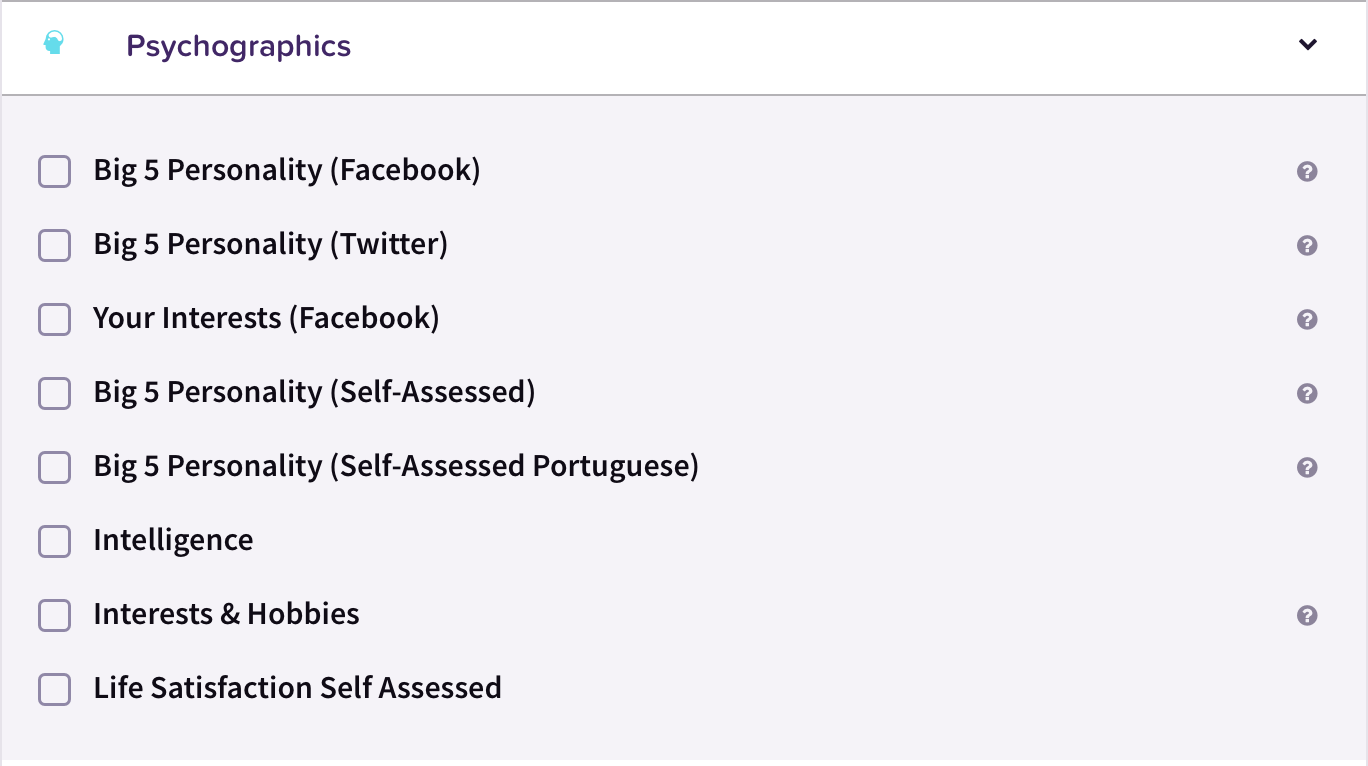
Psychographic options on the CitizenMe Exchange platform.
Mapping these psychometric profiles against respondents’ responses to the rest of a survey will significantly enrich and deepen the insights you can pull from your results.
Here is an example from the CitizenMe Case Study- How Challenger Banks Can Grow report in which we included OCEAN Big 5 Self Assessed psychometric MeData:
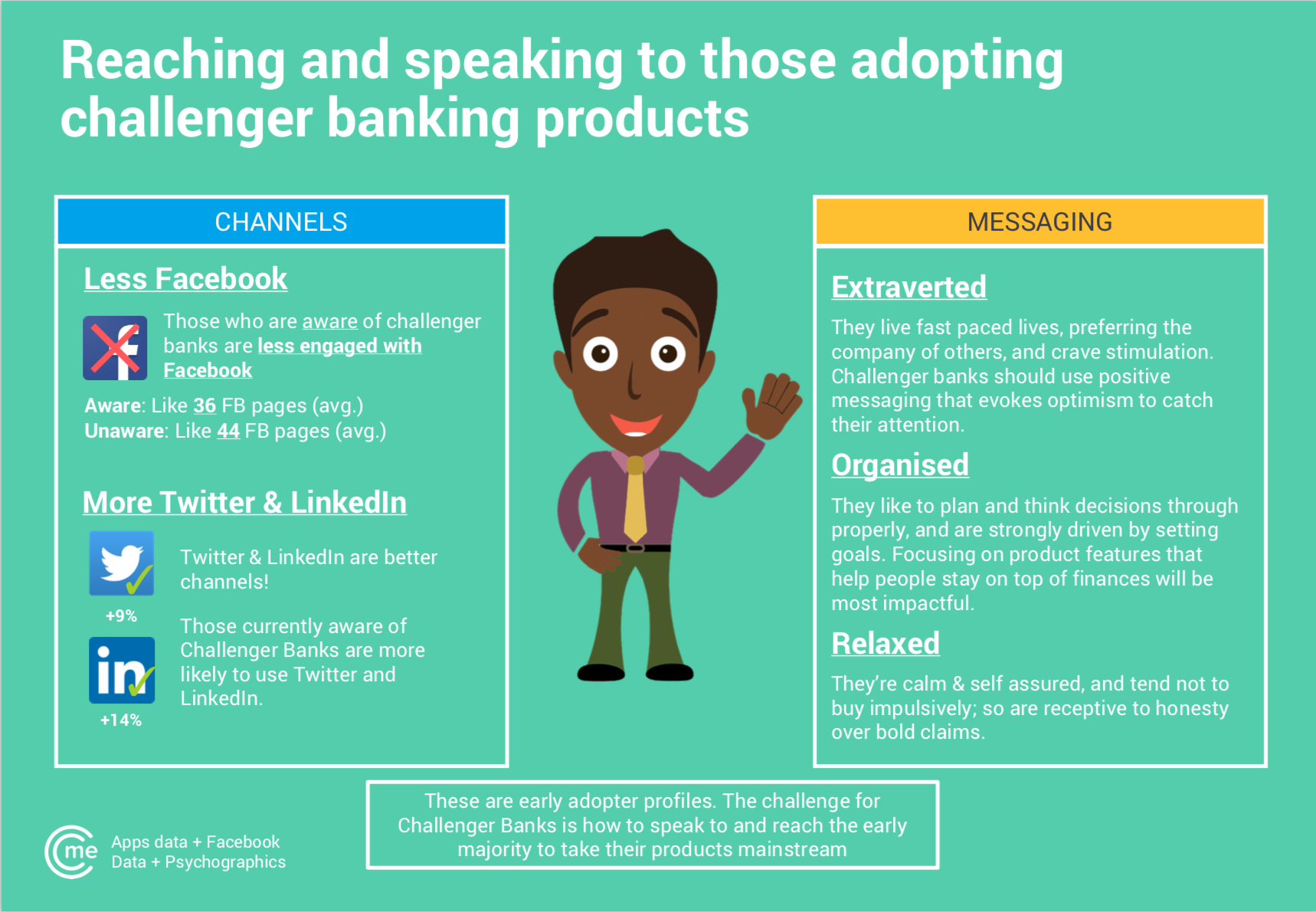
CitizenMe challenger bank report
Identifying the type of personality certain groups of respondents have, such as keen adopters of challenger banks, can significantly help a company to develop more insightful marketing strategies and client relationships. These benefits include:
- Refining customer profiles
- Improving segmentation abilities to enable more accurate, intelligent and personalised marketing
- Discovering the right emotional communications that best resonates with key audiences
- Understanding the interests of customers better and from this, identify new forms of content that will work well and engage the right audience
Analysing the OCEAN Big 5 personality traits
Each personality trait measured in the OCEAN Big 5 Model does so by assessing an individual against 5 traits on a scale of 0 to 100. By defining the two extremes of these 5 characteristics, you can easily gain an understanding of the type of personality an individual has depending on how low or high they score.
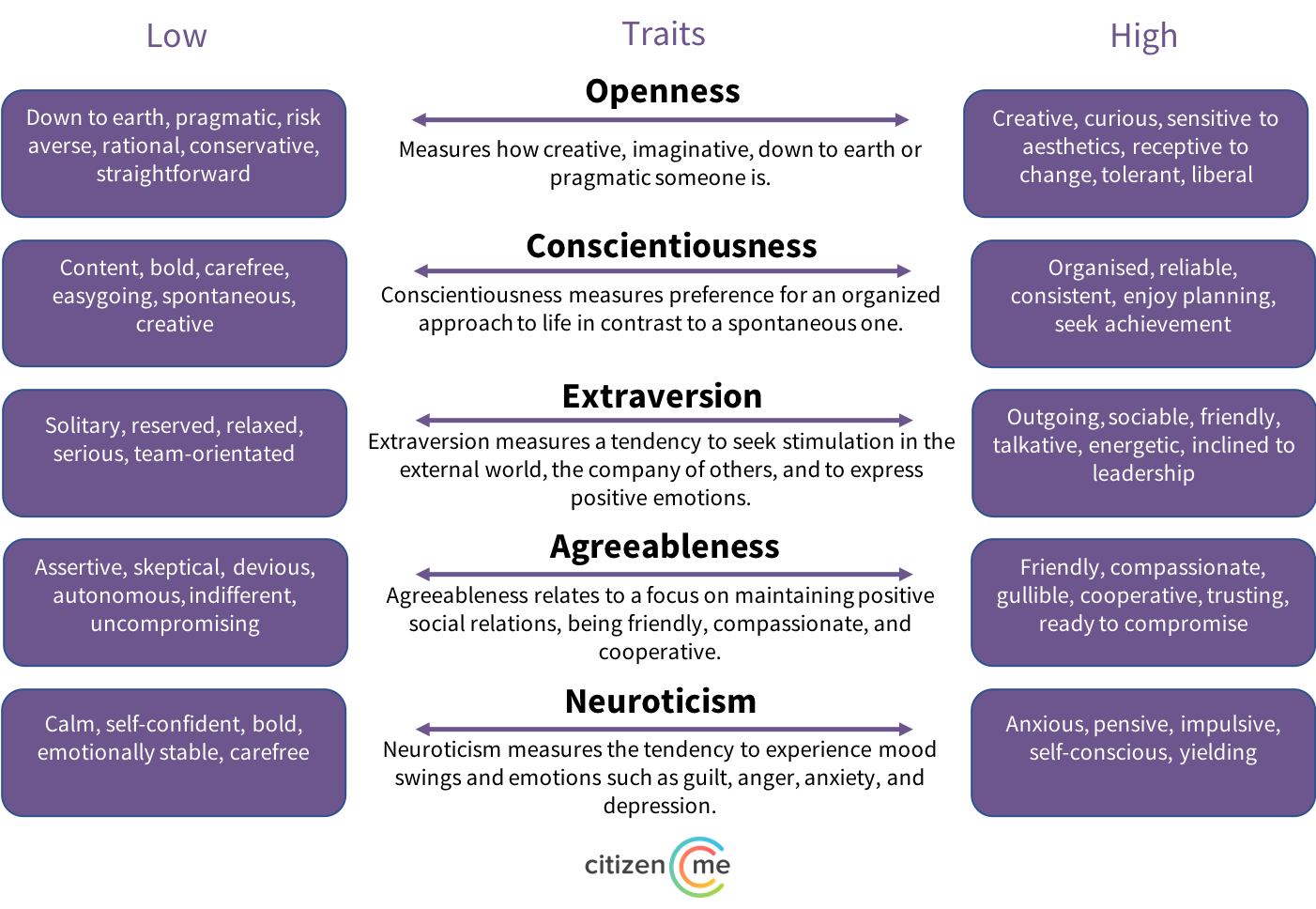
CitizenMe OCEAN Big 5 Psychographic Model traits
Coming soon: An in-depth look at each individual trait and what it means for marketing.
How much of each trait a person has, shapes how likely they are to participate in certain activities and react in certain situations. Researchers have actually found conscientiousness, extraversion, openness to experience, and neuroticism to be relatively stable from childhood through to adulthood, despite external factors being able to have an impact in shaping your personality. However, our research has also shown that, whilst the baseline remains constant, each dimension will often vary according to digital contexts. Just like in real life, many of us present different personality traits in different social contexts; Twitter vs LinkedIn for example.
Integrating psychographics with demographic data and mapping it against respondents’ answers to more traditional survey questions enriches your results and enables practical insights that would otherwise not be possible. By taking this approach, you can ensure that you and your company are “marketing to people not stereotypes”.
Try it out!
Curious to know how powerful psychometrics can really be and how you can integrate psychographic MeData questions along with your survey?
Try it for yourself: simply sign up to the CitizenMe Exchange and have a go! Any questions, simply contact us here.
- Posted In:
- Business blog
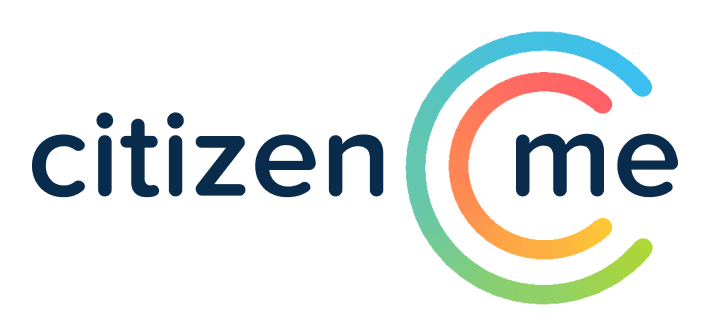

Leave a Reply